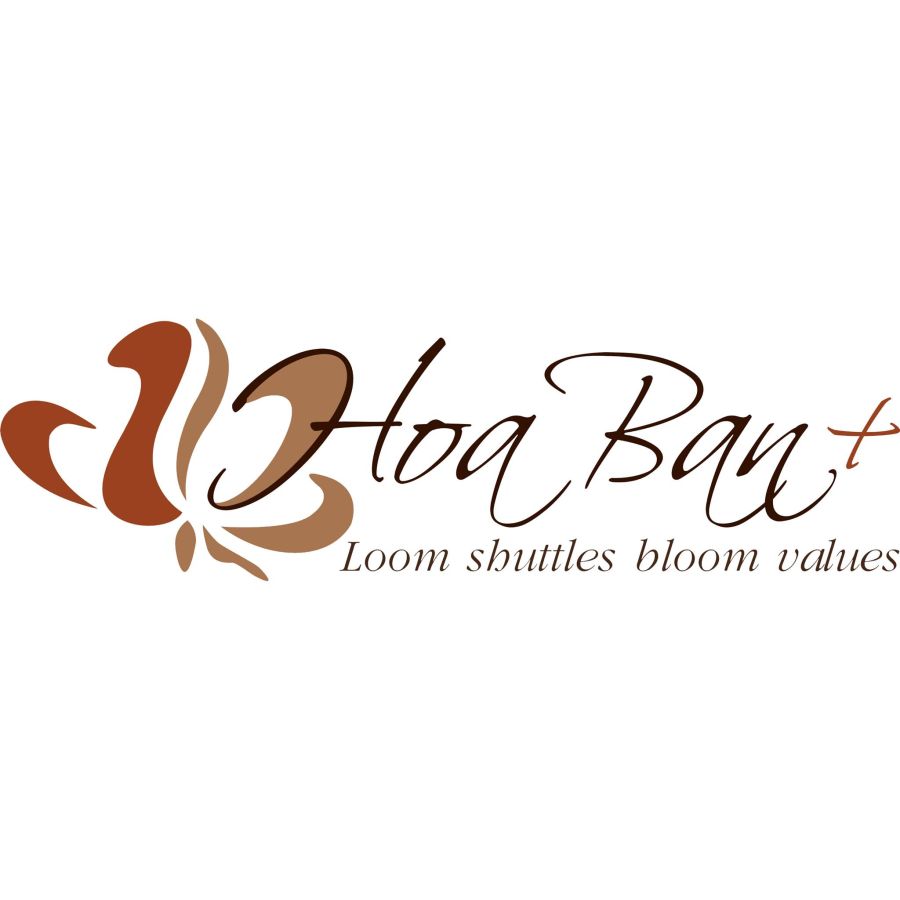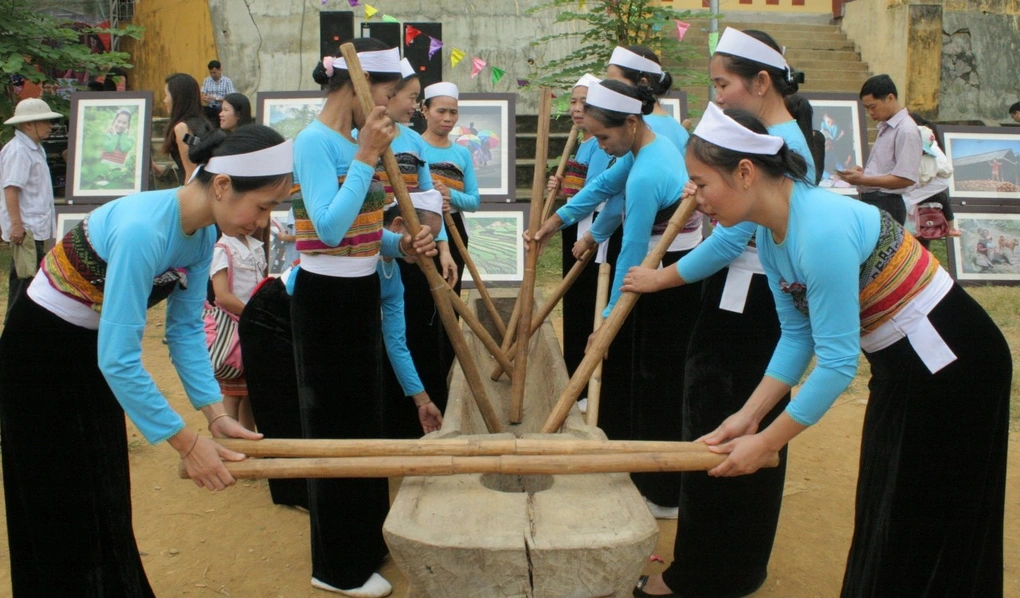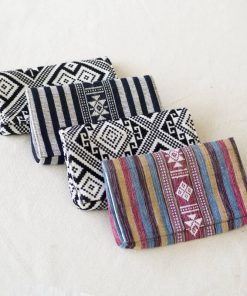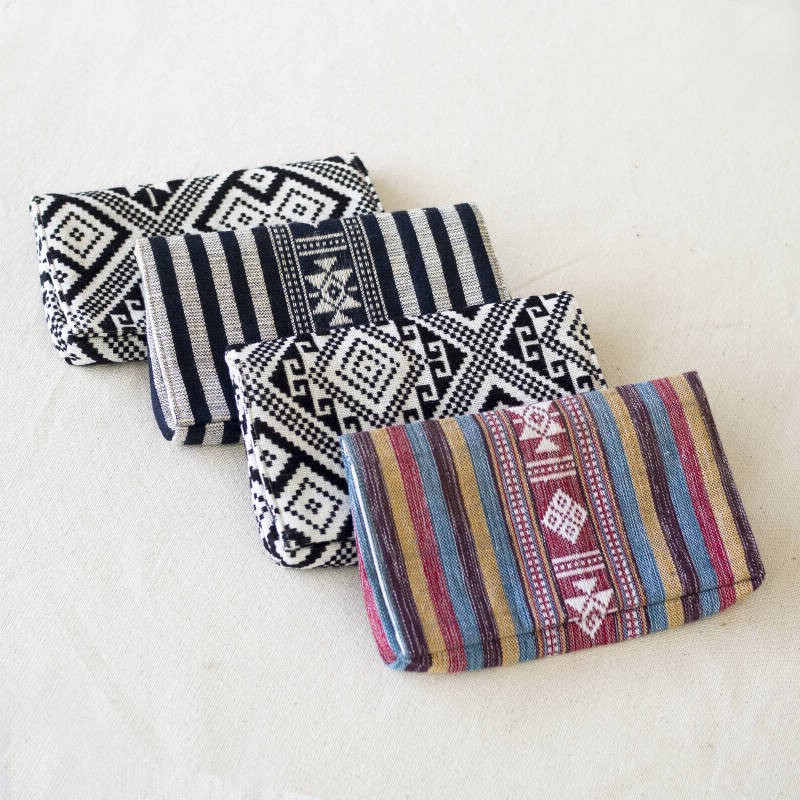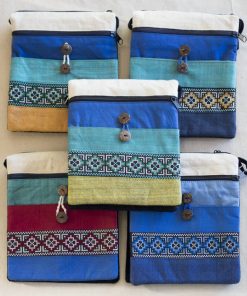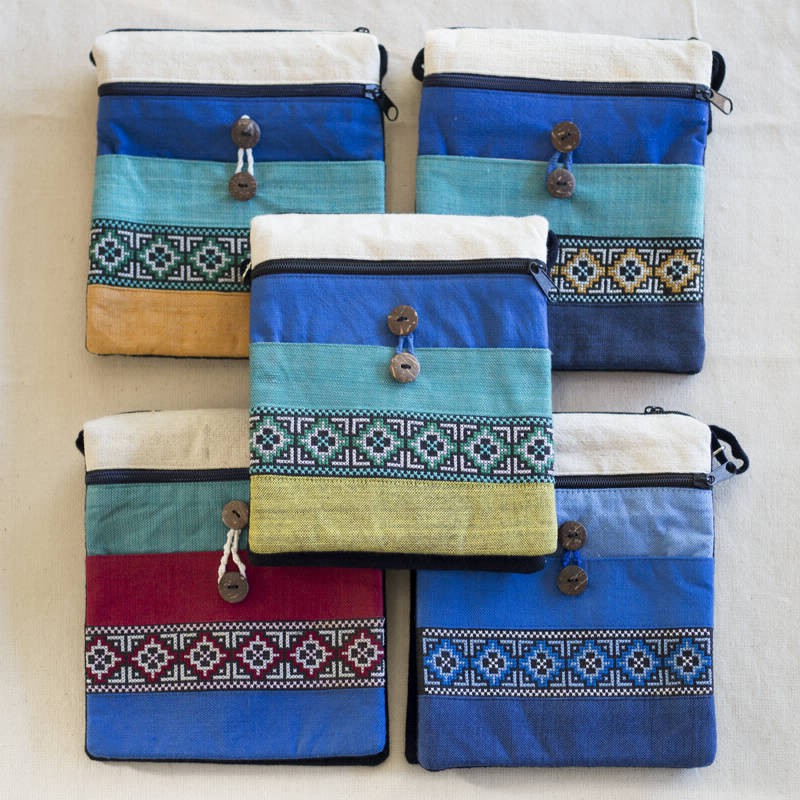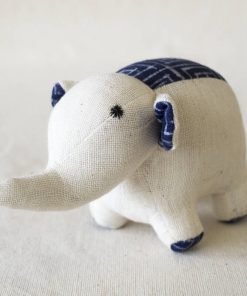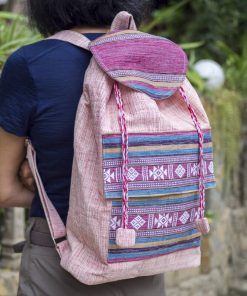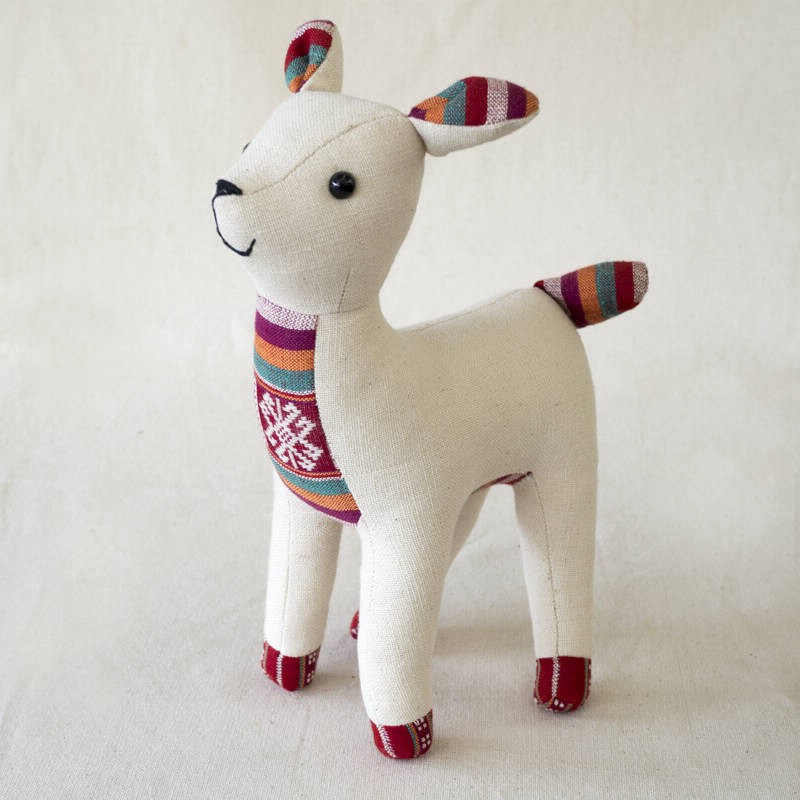tiêu điểm trong tuầnXem thêm...
Sale!
Original price was: 120.000 ₫.100.000 ₫Current price is: 100.000 ₫.
Sale!
Original price was: 180.000 ₫.150.000 ₫Current price is: 150.000 ₫.
Sale!
Original price was: 100.000 ₫.80.000 ₫Current price is: 80.000 ₫.
Sale!
Original price was: 400.000 ₫.380.000 ₫Current price is: 380.000 ₫.
sản phẩm bán chạyXem thêm...
Sale!
Original price was: 100.000 ₫.80.000 ₫Current price is: 80.000 ₫.
Sale!
Original price was: 120.000 ₫.100.000 ₫Current price is: 100.000 ₫.
Sale!
Original price was: 180.000 ₫.150.000 ₫Current price is: 150.000 ₫.
Sale!
Original price was: 400.000 ₫.380.000 ₫Current price is: 380.000 ₫.
Xem theo danh mục sản phẩm
Miễn phí shipping nội địa
Miễn phí shipping trong nước cho tất cả các đơn hàng trị giá từ 500.000vnđ trở lên. Mỗi đơn hàng của bạn đã góp phần trợ giúp cộng đồng trẻ em khuyết tật Mai Châu.
Dịch vụ khách hàng chu đáo
Chúng tôi luôn tận tâm với từng khách hàng. Sự hài lòng của các “Thượng Đế” là mục tiêu chúng tôi hướng tới. Hãy trải nghiệm các dịch vụ phong phú mà chúng tôi cung cấp!
sản phẩm thân thiện môi trường
Tất cả các sản phẩm và dịch vụ chúng tôi cung cấp đều làm từ thiên nhiên, tuyệt đối thân thiện với môi trường và không độc hại. Sự kiểm chứng tuyệt vời từ người dùng cuối.
